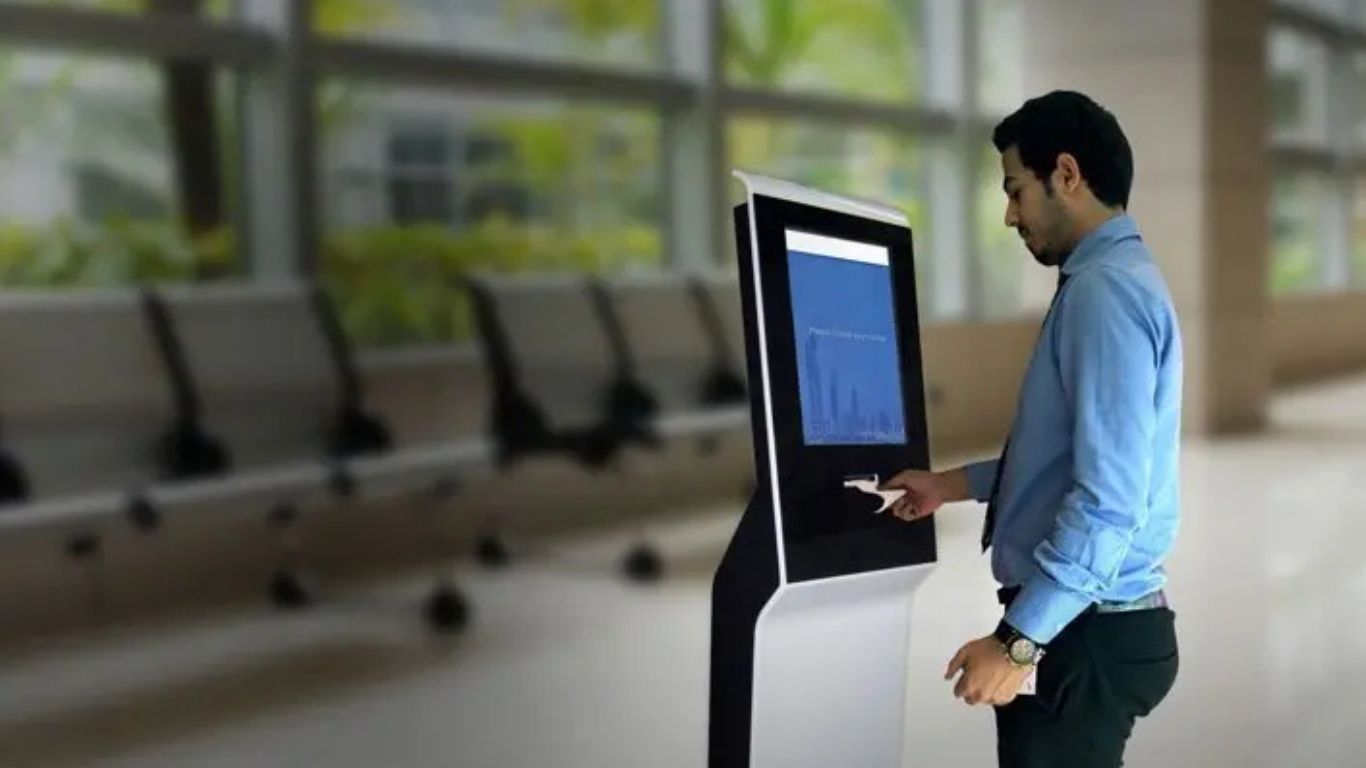Phone Num:
Address:
AL-Rossais Commercial Center - Olaya Street - Riyadh

With the development of technology, It has become possible to significantly improve the customer experience and reduce wait times Through smart queue management systems. These systems play a vital role in sectors that require continuous organization of customer flow Such as hospitals, banks, government departments, and airports. In this article, we will explore how technology is used to facilitate the management of waiting lines, and the importance of these systems in enhancing customer satisfaction and improving work efficiency.
Queue management systems are technology solutions that aim to organize the flow of customers and distribute them efficiently at service points. Which contributes to reducing waiting and improving the user experience. These systems rely on display screens, Customer calling machines, Smartphone applications, And other technologies that allow customers to easily follow up on their roles and schedule their appointments.
Modern systems include several innovative technologies to improve the efficiency of queue management:
Smart booking apps: Allow customers to book their turns or appointments in advance via smartphone apps, reducing waiting time and allowing the customer to plan ahead.
Digital displays: Digital displays provide live information about the queue and next customer number, and allow for the addition of announcements or directions to help guide customers.
Instant Alerts: Some systems provide instant alerts via text or app to inform customers when their turn is, allowing them to move freely until their turn arrives.
Customer calling devices: Button-operated devices are used to call customers when the employee is ready to provide the service. They are linked to the display screens and work in conjunction with them to organize the process.
Improving the customer experience: These systems reduce the stress caused by long waiting times, as customers can track their turn without worry.
Increased productivity: By organizing the queues and evenly distributing customers across service points, these systems help reduce chaos and enhance work efficiency.
Reports and data analysis: Modern systems provide detailed reports on wait times and service durations, allowing managers to analyze the data and make decisions to improve performance
Cost reduction: Organizing the queues and reducing congestion helps improve resource utilization efficiency and lower expenses related to organizing and directing customers.
The importance of innovation in queue management comes from the constant need to improve the customer experience and streamline processes With the development of artificial intelligence and digital analytics queue management systems have become capable of predicting periods of high demand and providing recommendations for optimizing resource distribution
When choosing a suitable system, Several factors must be considered such as the size of the organization, Type of services provided, and number of daily customers. It is also important that the system integrates with the rest of the technical systems in the organization to ensure smooth operation.